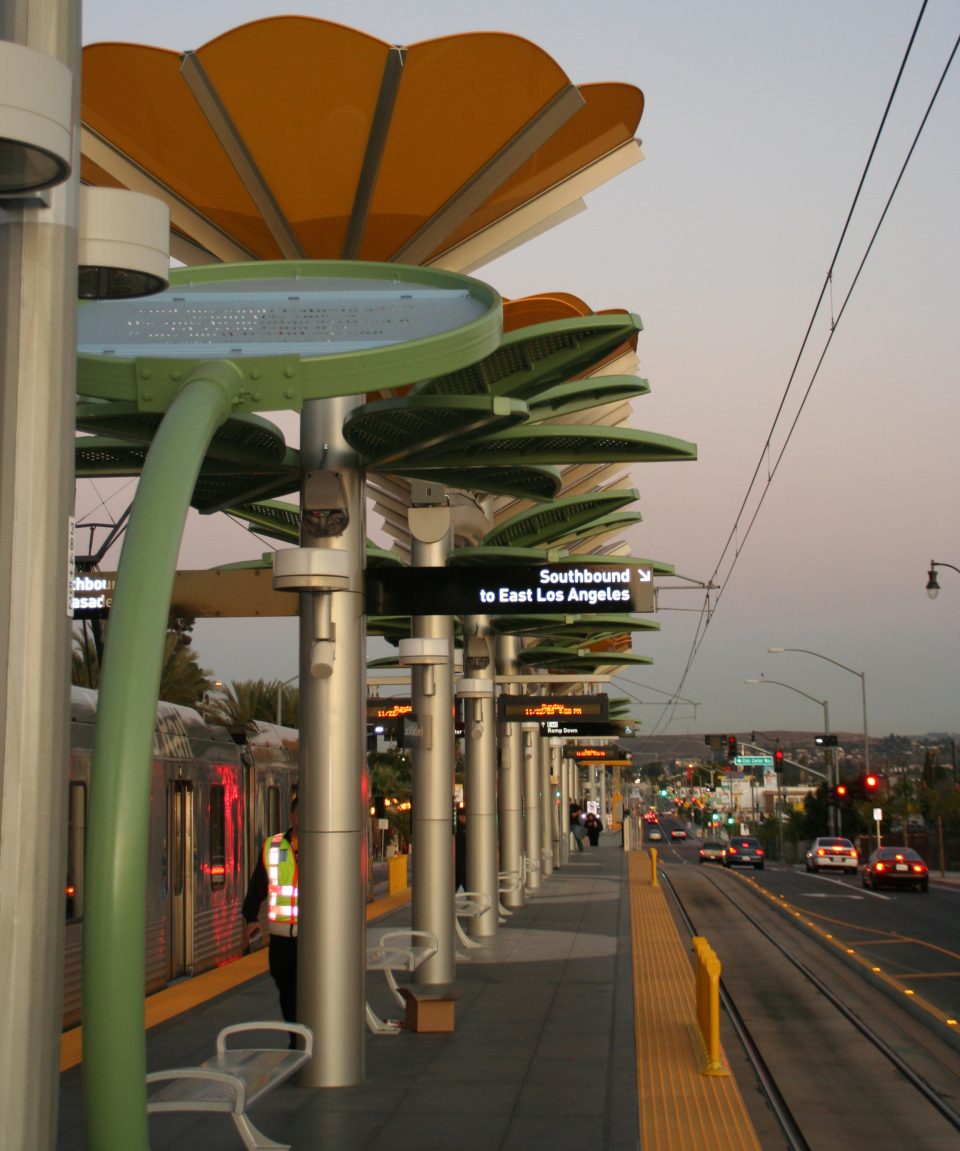Abstract
Miami and Los Angeles have rarely been viewed in tandem. Though they are situated a continent apart, Miami and Los Angeles are perhaps more like each other than like other American cities. At the same time, they retain obvious individual identities. In these “orange empires,” urbanization occurred later than in other great American cities. The growth of Los Angeles and Miami was propelled by an unusual combination of agriculture, industry, and postindustrial services. Both cities have become noted for their atypical multiethnic populations, yet both have been sites of tragedies revolving around that most central American racial tension between black and white.
Every bit as much as Los Angeles, Miami (to borrow Mike Davis’s provocative phrase) exists in a natural and social “ecology of fear.” What is more, in looking out to the Pacific Rim and South/Central America rather than Europe, Los Angeles and Miami symbolize an important shift in the American gaze.
Their differences from other cities, and their similarities to each other, have resulted in claims for each as the model for the twenty-first-century American and global city. Such expectation, of promise or simple demographic eventuality, can and does represent urban burden as much as urban promise.
Coauthored with William Deverell and Gregory Hise.
